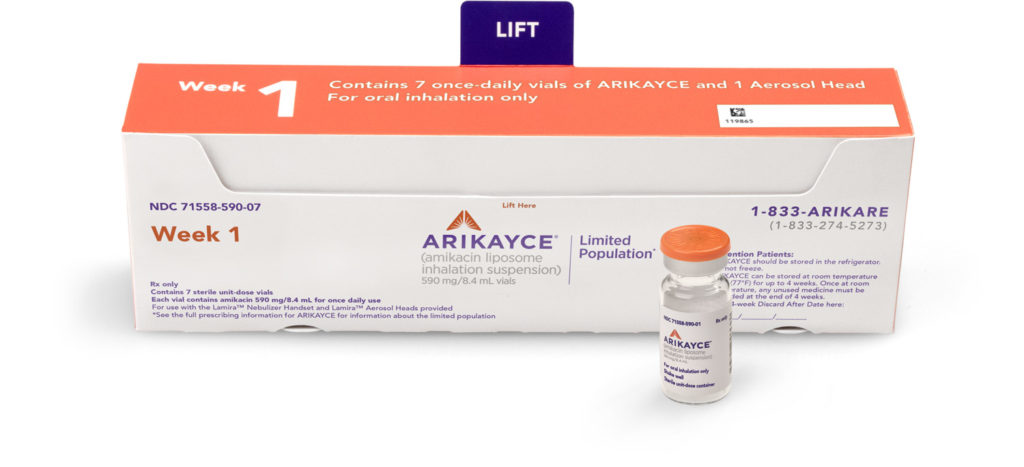

INHALED AMIKACIN FOR MAC MAC
The distribution of each MAC organism varies according to country for example, M. chimaera are the most common human pathogens 4. The number of MAC organisms is also increasing and currently includes M. The distribution of NTM species varies widely according to geography8. The number of recognized NTM organisms is increasing, with more than 180 species currently recognized ( ). Mycobacterium avium complex (MAC) is the most common cause of NTM-PD worldwide 4, 5, 6, 7. Pulmonary disease (PD) is the most common clinical presentation of NTM infection, and although the cause of NTM-PD development is not clearly understood, it may be associated with both host and bacterial factors 4, 5, 6, 7. Nontuberculous mycobacteria (NTM) are ubiquitous organisms that can be isolated from the environment, including water and soil 1, and they cause pulmonary and extrapulmonary disease 2, 3. Also, a new consensus is needed for treatment outcome definitions as widespread use of these definitions could increase the quality of evidence for the treatment of MAC pulmonary disease. However, further evidence of the efficacy and safety of these new treatment regimens is needed. New therapies, including clofazimine, inhaled amikacin, and bedaquiline, have shown promising results for the treatment of MAC pulmonary disease, especially in patients with treatment failure or macrolide-resistant MAC pulmonary disease. However, surgical resection should be carefully performed in a well-equipped center and be based on a rigorous risk-benefit analysis in a multidisciplinary setting. Moreover, treatment failure or macrolide resistance can occur, although in some refractory cases, surgical lung resection can improve treatment outcomes. However, the rates of default and disease recurrence after treatment completion are still high. A regimen consisting of macrolides (clarithromycin or azithromycin) with rifampin and ethambutol has been recommended this regimen significantly improves the treatment of MAC pulmonary disease and should be maintained for at least 12 months after negative sputum culture conversion. The prognostic factors for the progression of MAC pulmonary disease are low body mass index, poor nutritional status, presence of cavitary lesion(s), extensive disease, and a positive acid-fast bacilli smear.

The decision to initiate long-term antibiotic treatment is difficult for the physician due to inconsistent disease progression and adverse effects associated with the antibiotic treatment. The pathogen Mycobacterium avium complex (MAC) is the most common cause of nontuberculous mycobacterial pulmonary disease worldwide.


 0 kommentar(er)
0 kommentar(er)
